Bike Perfect Verdict
POC’s Otocon is a lightweight, comfortable enduro helmet that is packed with great features and a clean aesthetic, its pricey though and the Otocon range is a trade-off between weight or Mips
Pros
- +
Easy to dial in the fit
- +
Deep channeling for ventilation
- +
Great attention to details and features
- +
Well-positioned visor
Cons
- -
Cradle can fold over when pulling the helmet on
- -
Why trust BikePerfect
With enduro riding getting faster and faster it's unsurprising that we are commonly seeing racers and weekend riders alike opting for the additional protection that a full-face helmet offers. This has opened up a number of options as brands seek to cater to riders who are looking for the best enduro helmet.
There appear to be two camps forming, convertible helmets that have a removable chin bar and lightweight full-face helmets. POCs new Otocon is the latter, a lightweight full-face helmet with a broad range of vents and only weighing in at a claimed 850g in its heaviest iteration (Otocon Race Mips, large).
The Otocon is available in two options, the feature-packed Otocon Race Mips or a cheaper, but lighter, standard Otocon. Both helmets feature the same EPP/EPS dual-density shell, ventilation, POC's Race Lock head retention and break-away peak spec.
We were lucky enough to get our hands on a model pre-launch so keep reading for a breakdown of the POC Otocon helmets and our ride impressions.
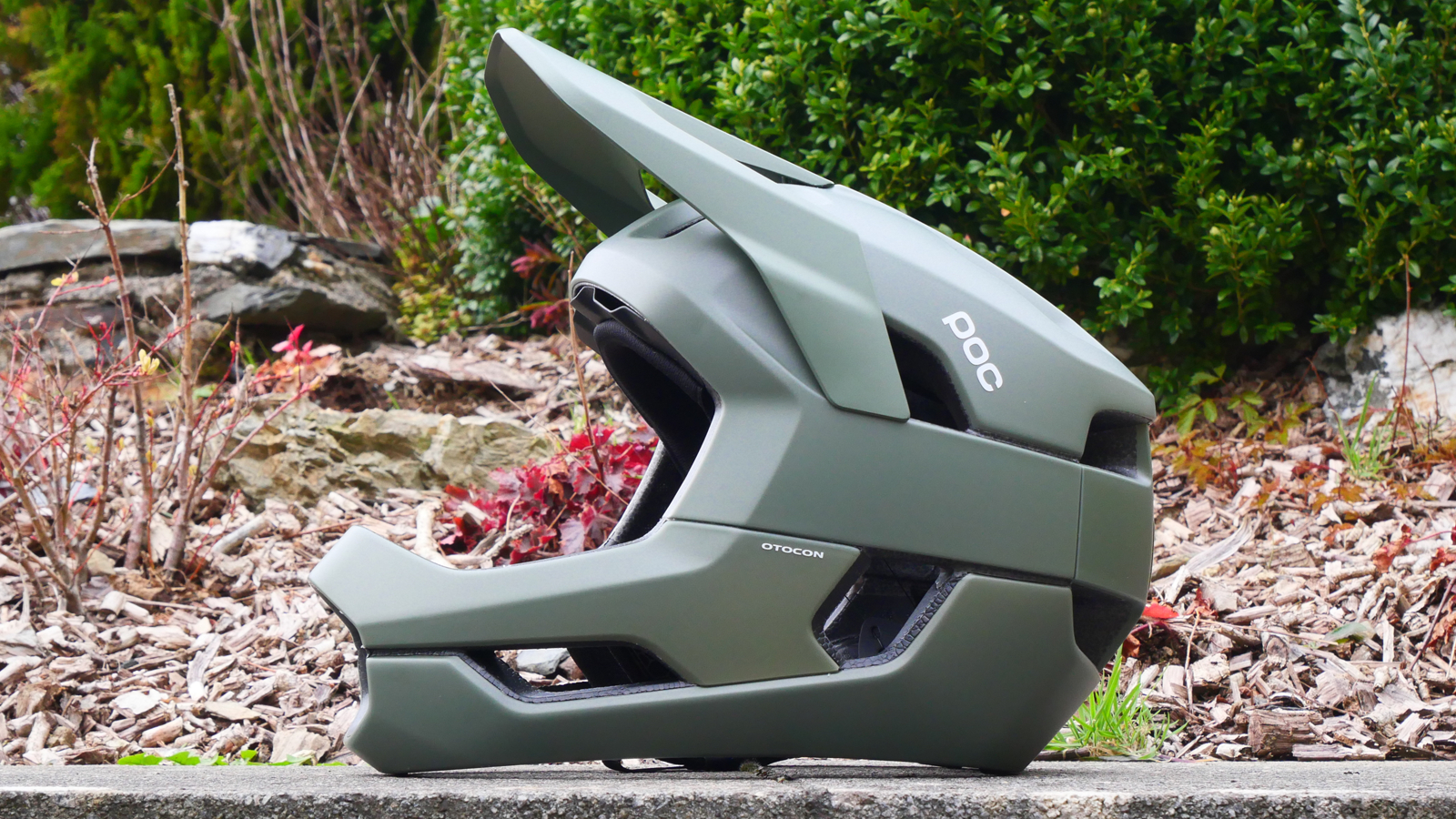
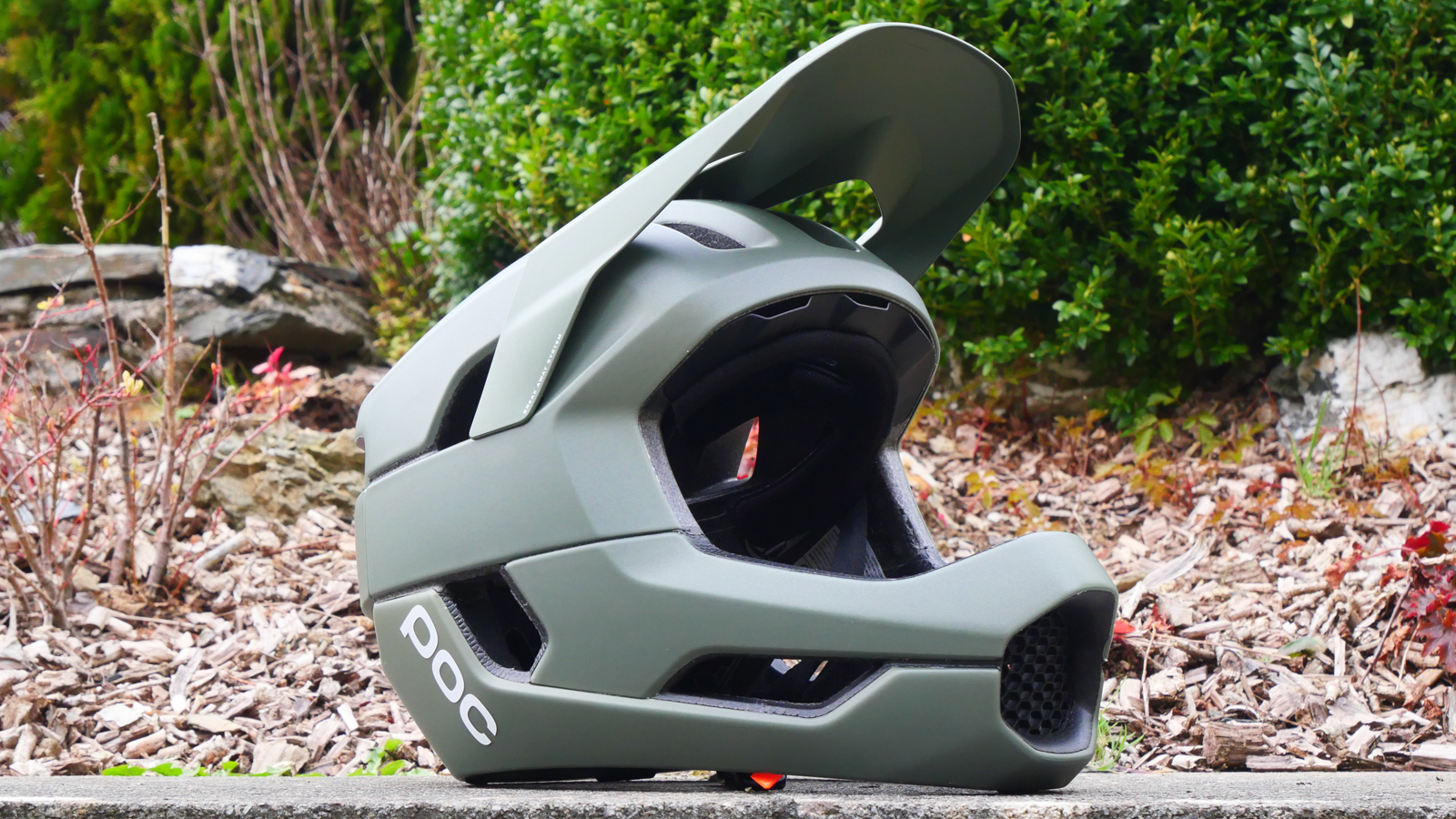
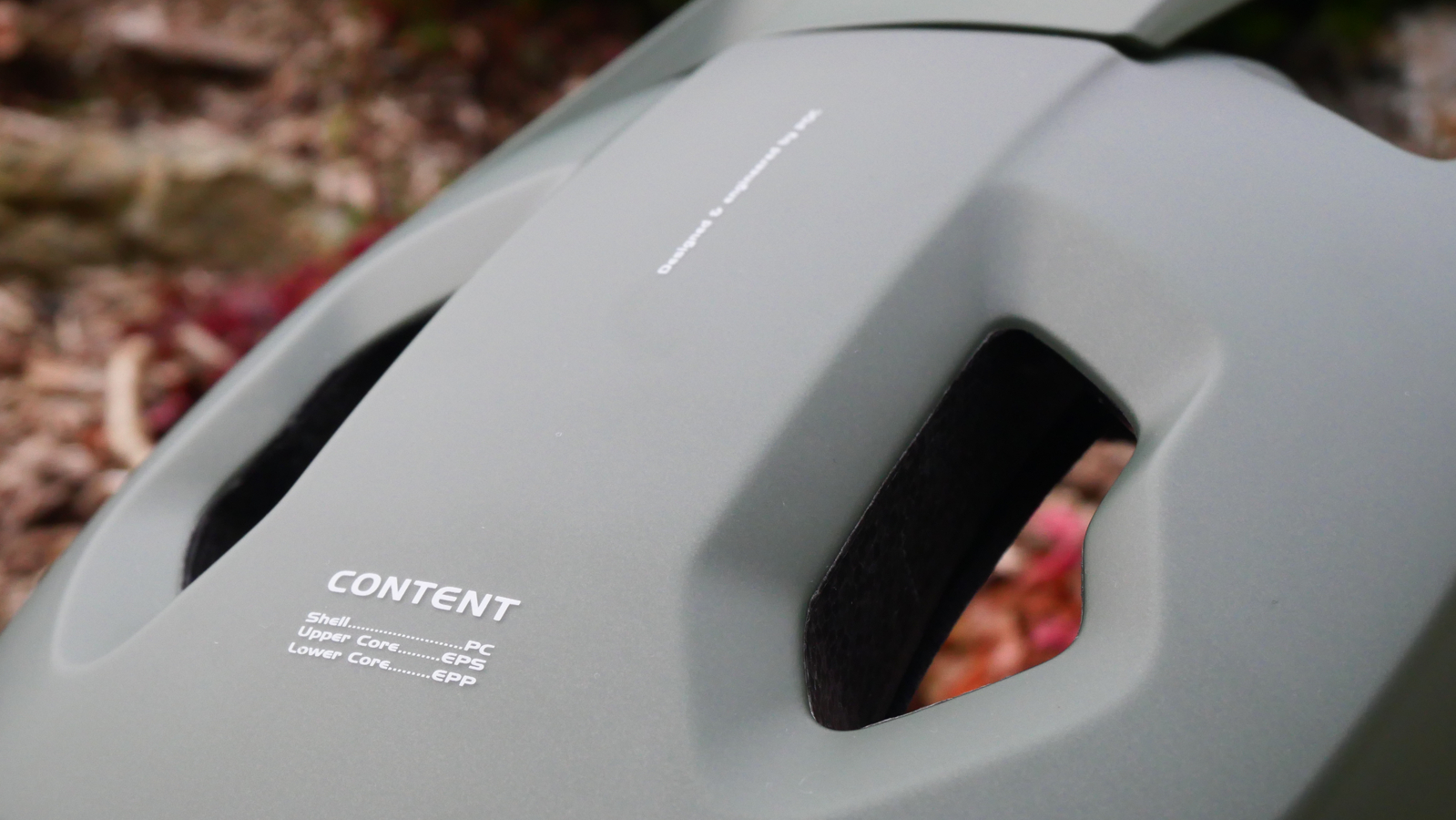
Design
POC has engaged its integrated 'whole helmet' design process when creating the Otocon as well as working with the Ibis Enduro racing team in the development process. The Otocon uses a dual-density construction combining an EPP multi-impact chin bar and an EPS liner for the upper section which POC says helps reduce weight. The Race Mips version is further reinforced with Aramid Bridges that are molded into the helmet liner to strengthen the joint between the body of the helmet and the chin bar. Both helmets still meet the ASTM F1952 downhill safety standard too.
Both Otocon’s get the same comprehensive injection-molded cage to protect the liner. The finish is neat and helps protect vulnerable edges from accidental damage. There are even three rubberized feet on the underside of the helmet so it doesn't get scratched when sitting the helmet down on a flat surface.
On the top of the helmet is a fixed peak that has been designed to break away in the event of a crash to avoid any unnecessary twisting forces that could cause neck injuries. We found the peak to be a good length and angle, sitting just at the top of your line of sight with no infringement to visibility. If the peak does come off, it's easy to reattach too. The Race Mips model comes with an additional clear extender for the visor, which simply clips onto the Race Mips peak and provides a little extra protection from the elements.
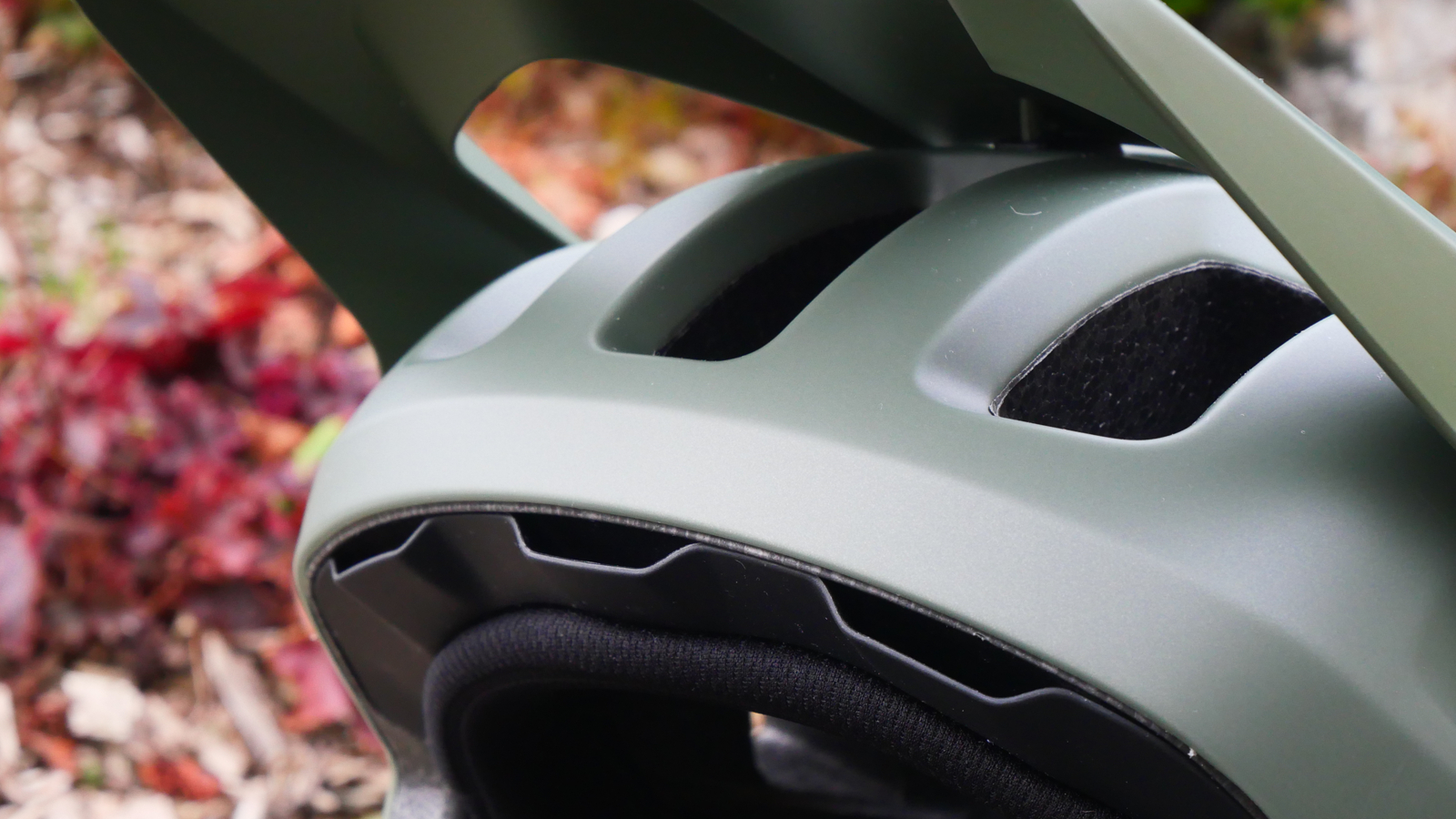
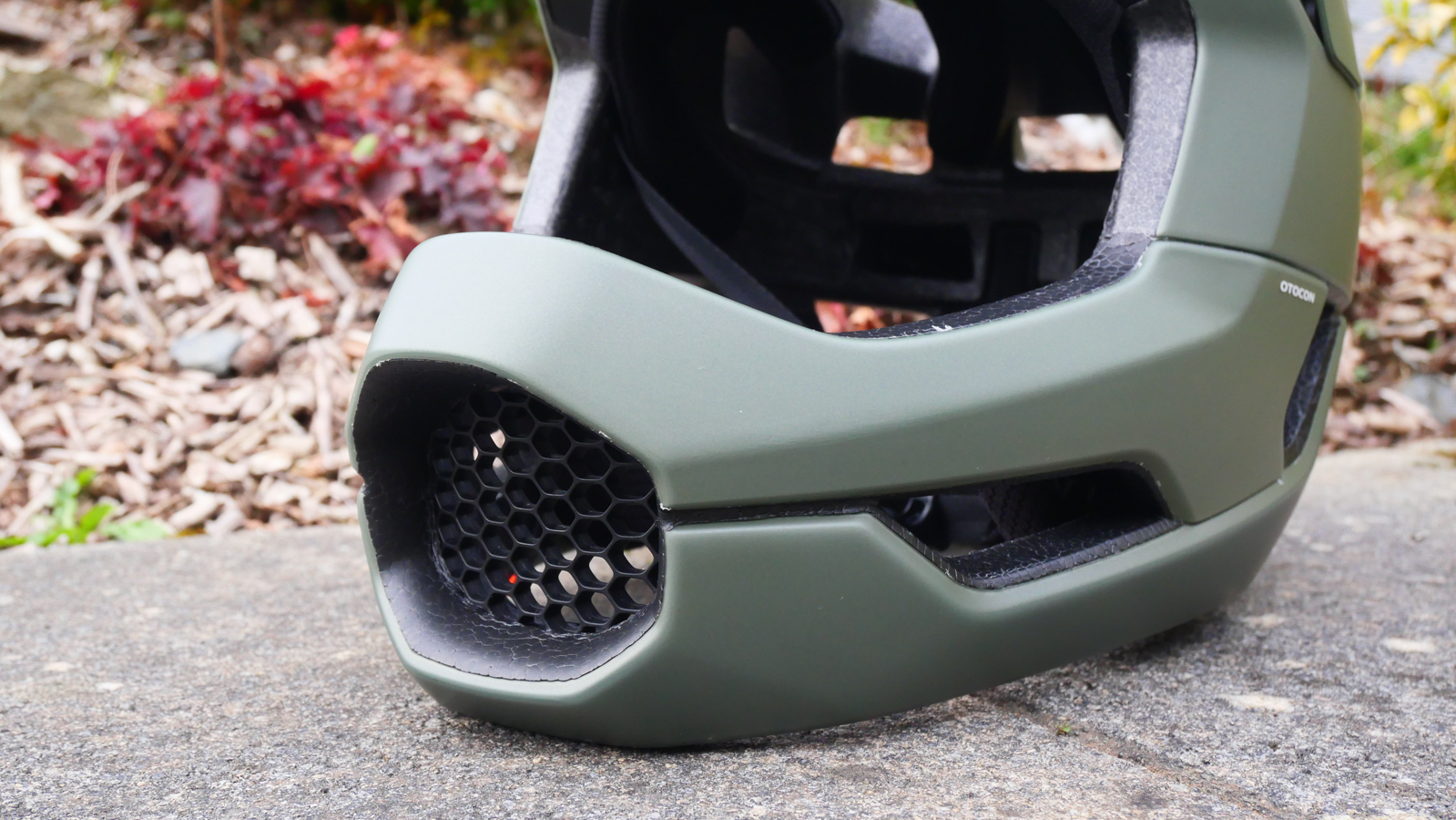
Visually the most obvious difference between the Otocon and POC’s Coron, which continues as the Swedish brand's best full-face MTB helmet for downhill, is the increased number of vents. POC took inspiration for the Otocon’s ventilation from its breezier helmets, so those familiar with POC’s Axion Spin or road helmets will recognize the three frontal vent layout. These pass air across the head and out the five vents at the rear. There are further slim brow intakes behind the pattern and two large vents along the jawline. The large frontal vent delivers fresh air, rather than recycling your own breath under heavy breathing. There is a grill in place to stop foliage and fauna from getting in but it can simply be pushed out if you want to maximize airflow instead.
POC has developed its Race Lock head retention system and done a great job neatly integrating it into the helmet. A cradle with a Boa style dial offers considerably better retention however it can affect the possible coverage of a helmet. Only the lower section of the dial is visible positioned just below the section where the goggle strap sits. The cradle is vertically adjustable too, helping tailor the fit further.
There is a decent amount of padding within including the removable cheek pads. POC sells the Otocon with two thicknesses and these are simply slotted out and changed as required. The chin strap is a fairly simple buckle setup, rather than a fiddly D buckle with no adjustability around the ears, however, I had no problems with the positioning of the straps.
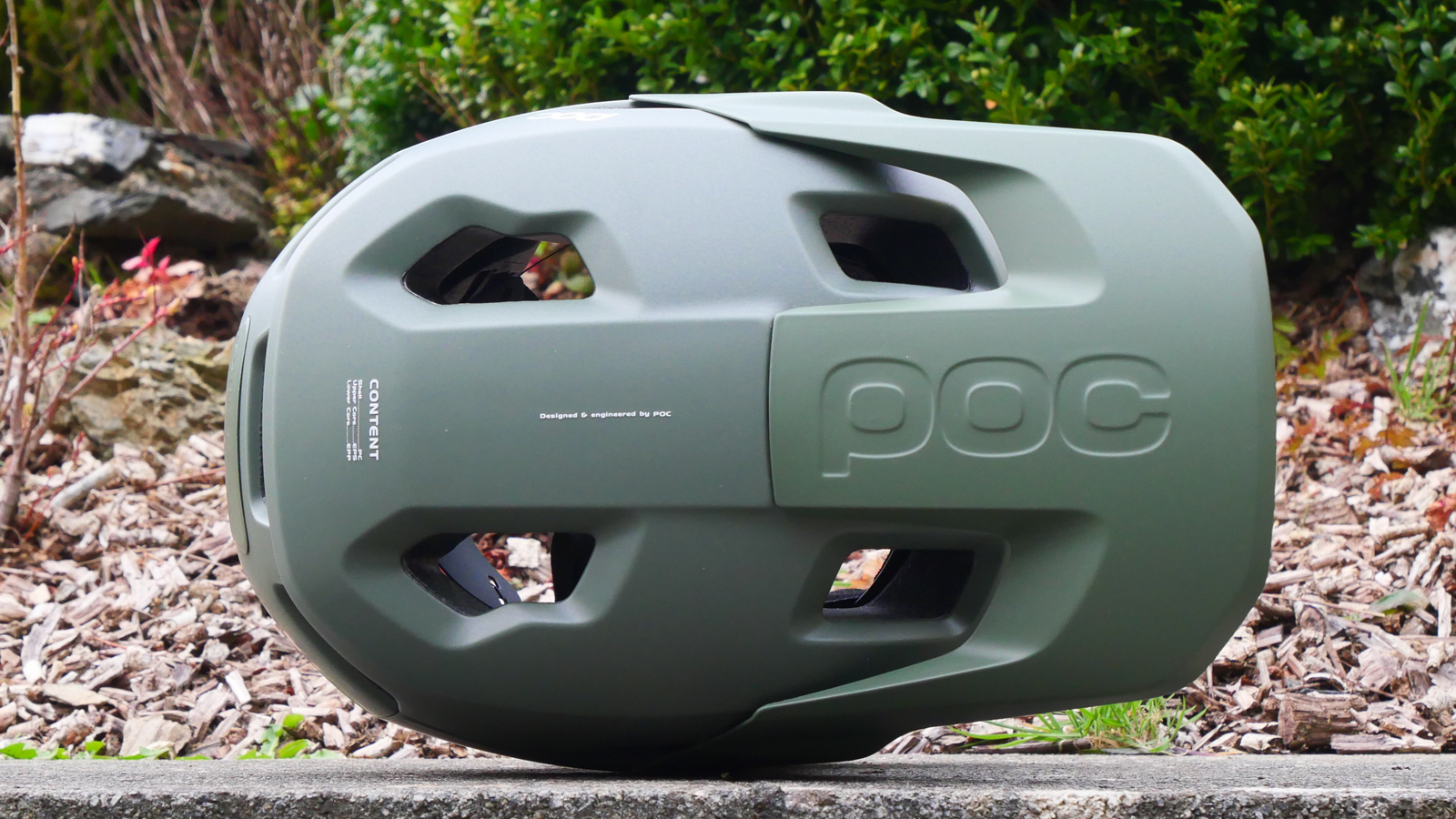
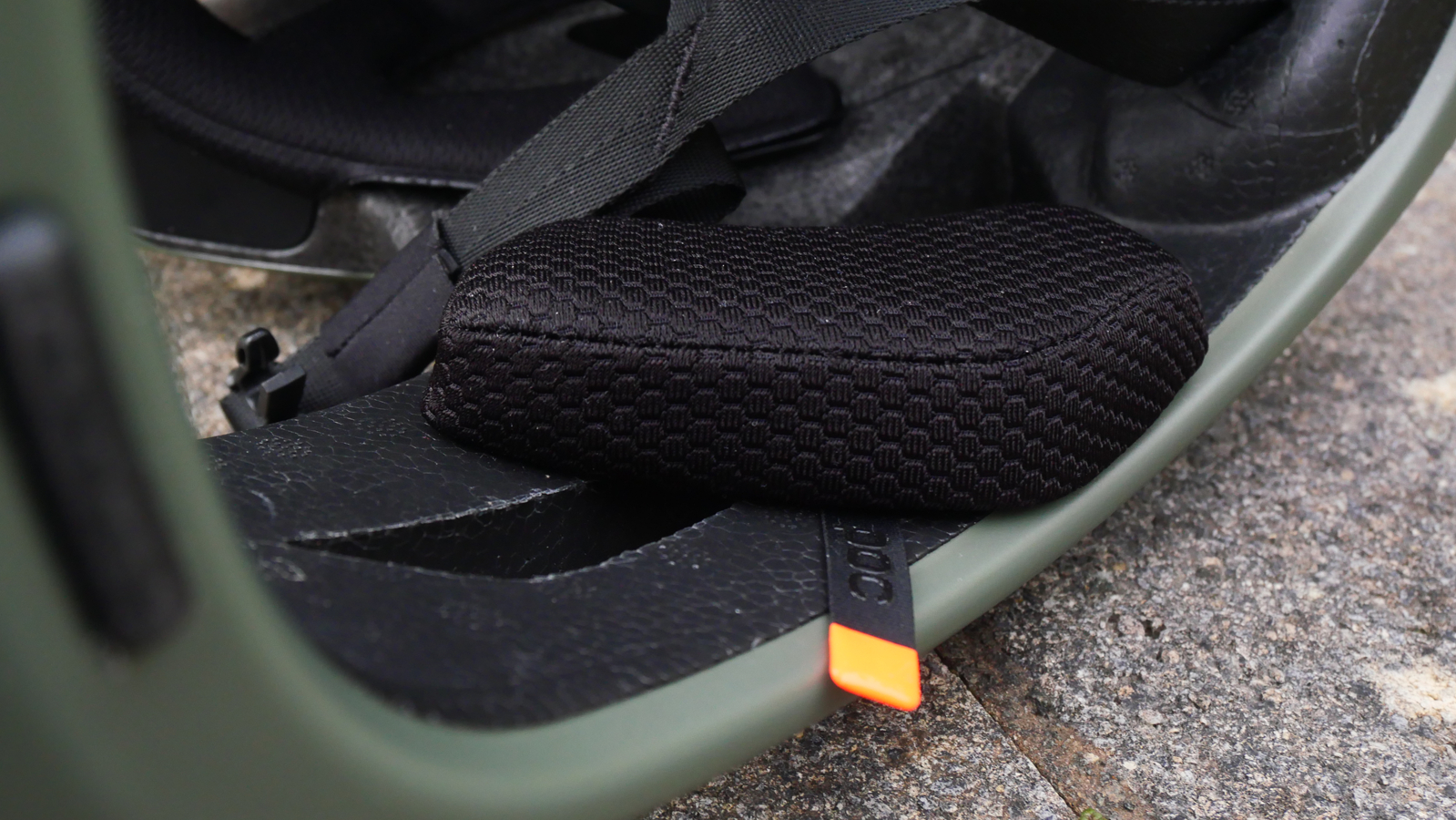
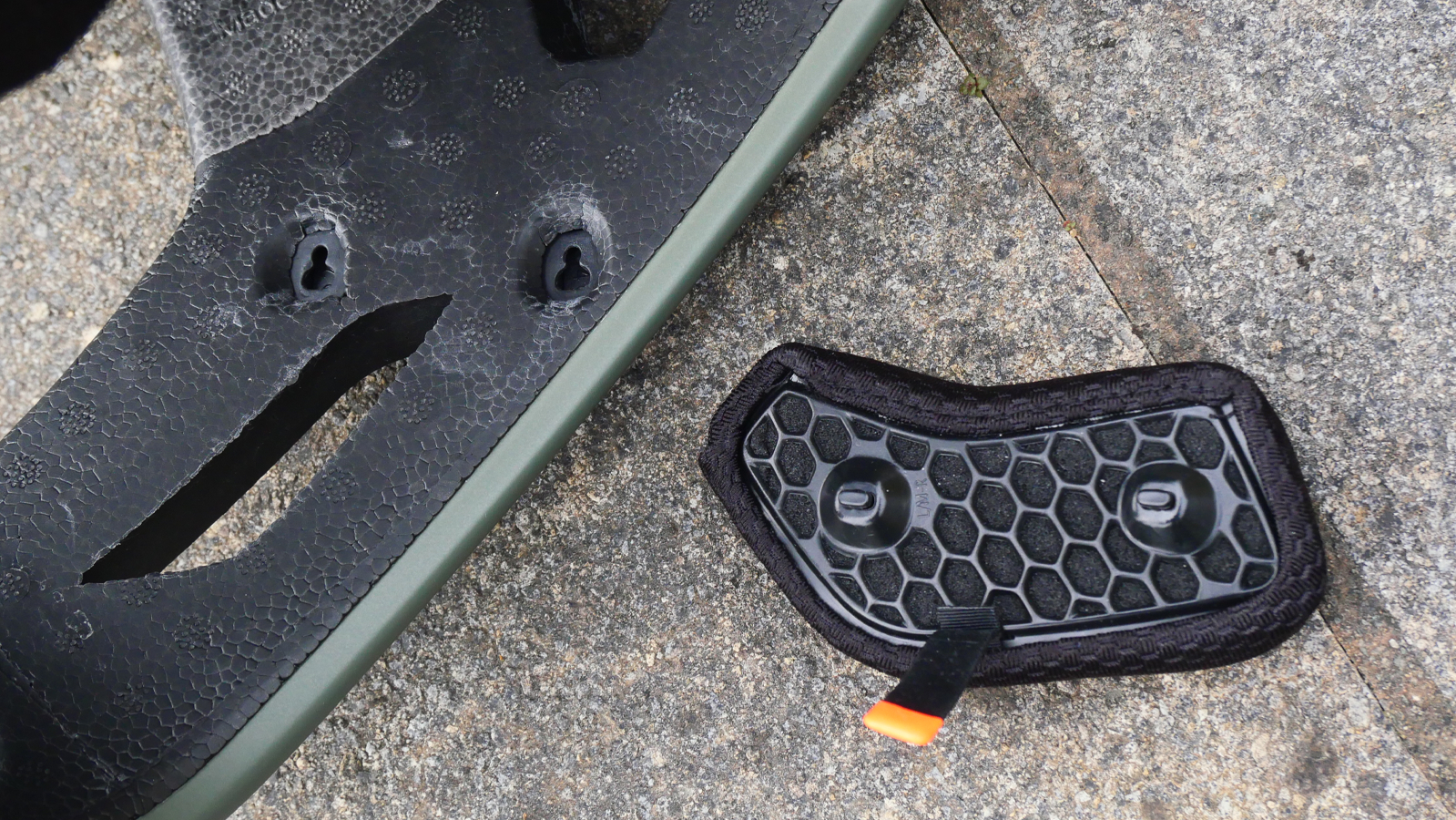
There are a few key differences between the Otocon and Otocon Race Mips. They both feature the same visor, padding, and construction, minus the Aramid bridges mentioned previously. Both helmets also feature Recco Reflector technology to assist rescue services in locating you if something awful happens. Upgrading to the Otocon Race Mips equip the helmet with the low profile Mips Integra rotational protection and twICEme® NFC Medical ID which stores a rider's medical data and can be accessed by NFC by first responders. The price difference between the two helmets is $80/£60.
Despite the Otocon being packed with features, it’s considerably lighter than POC’s Coron downhill helmet. In fact, the Race Mips is roughly 30 percent lighter and weighs in at a claimed 850g for a large helmet. If you opt for the standard Otocon we have, that weight drops down to a 799g (large, claimed 780g). That means even the Race Mips helmet is a good 100g lighter than most convertible lids, it's also in the same ballpark as other enduro full-face helmets like Specialized’s Gambit and Troy Lee Design’s Stage MIPS.
Visually, the Otocon follows POC’s distinctive aesthetic that is instantly recognizable, with soft leading lines and minimal sculpting, something I personally prefer when compared to the MX influence of other helmets. POC has three color options the Otocon Race Mips which is available in a two-color design of black/white, white/black, and purple/black. The standard Otocon has four colors, available in black, white, blue, and green which we have on test.
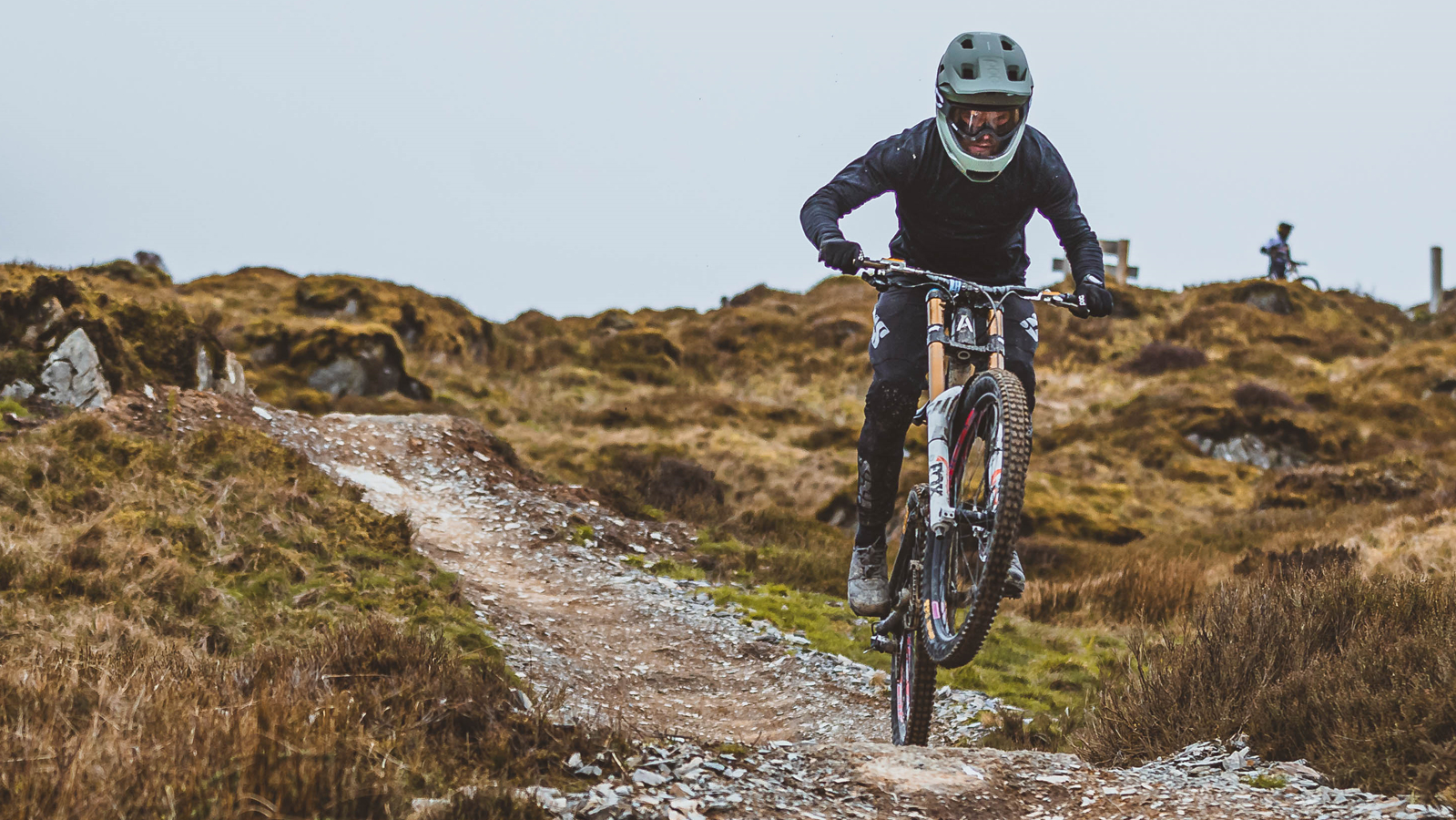
Performance
While it's not the lightest helmet on the market, our test samples weight of just under 800g is still considerably lighter than some other models of full-face helmets. This is a massive advantage in helping make the helmet more comfortable to wear, especially if you generally keep your lid on for a full day's uplift or plan on using it for a long day of enduro. Even for someone who is far more used to riding trail helmets, I didn't really notice the extra grams of the Otocon, although if I had crashed I would have certainly felt the benefits of the extra protection.
The combination of low weight and secure fit means I found the helmet to be very stable out on the trail. When battering down chundery chutes or absorbing heavy landings the helmet stayed locked in place, without feeling like your head is in a vice.
The head cradle provides excellent retention and the positioning means it's easy to adjust once the helmet is on and if you are wearing gloves. You do need to back off the retention dial completely in order to pull the helmet on so the cradle doesn't fold back into the top of the helmet. There is a little tab on the rear of the cradle designed to help you hold onto the cradle but it's not the most useful. If the retention does get folded over you need to take remove the helmet and try again. Once in place, the helmet tightens up securely and the soft plastic construction conforms well your head shape. The positioning of the retention dial means that it sits just below the google strap so the two don't interfere with each other, making helmet tension adjustments simple when you're wearing it.
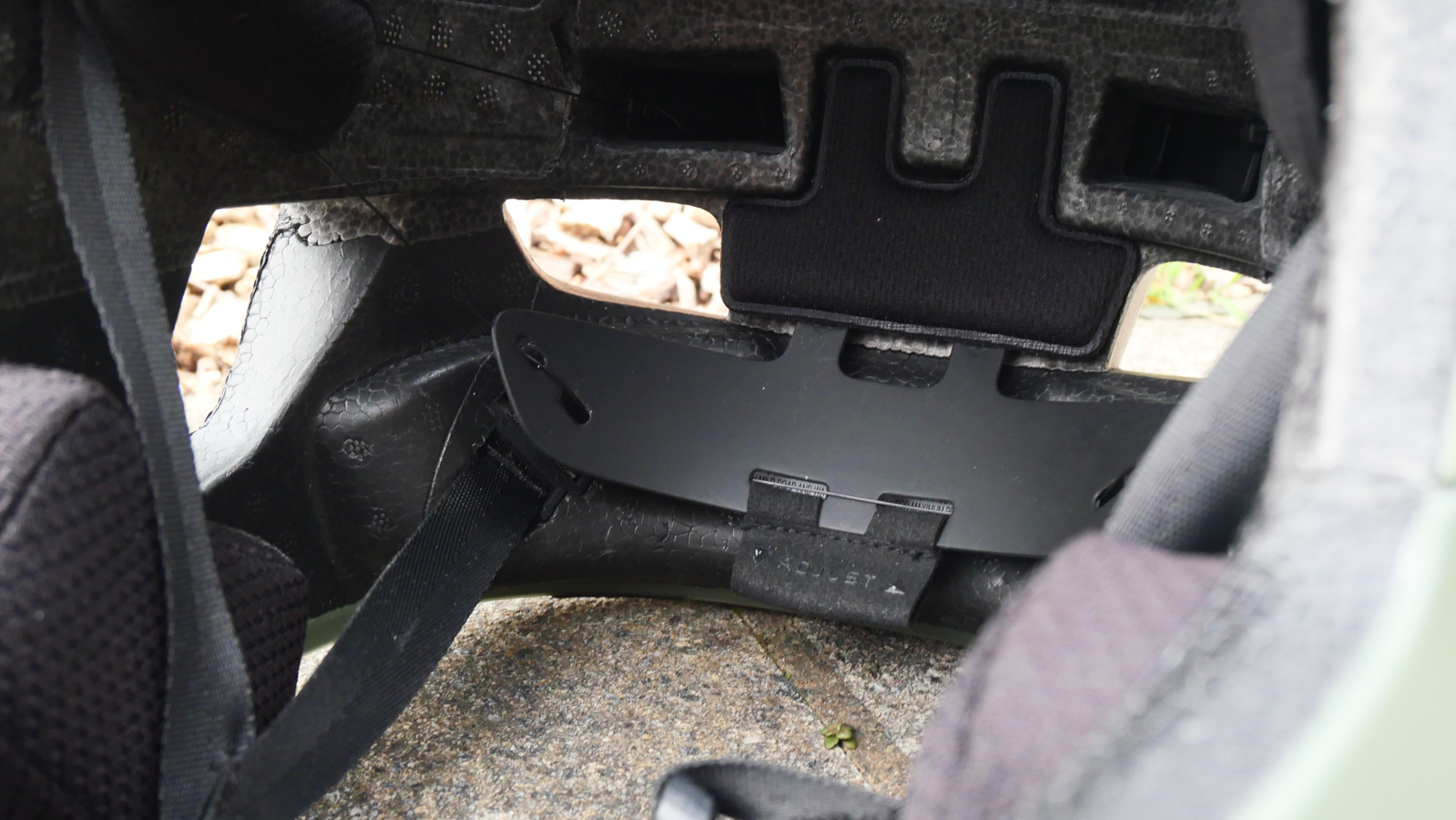
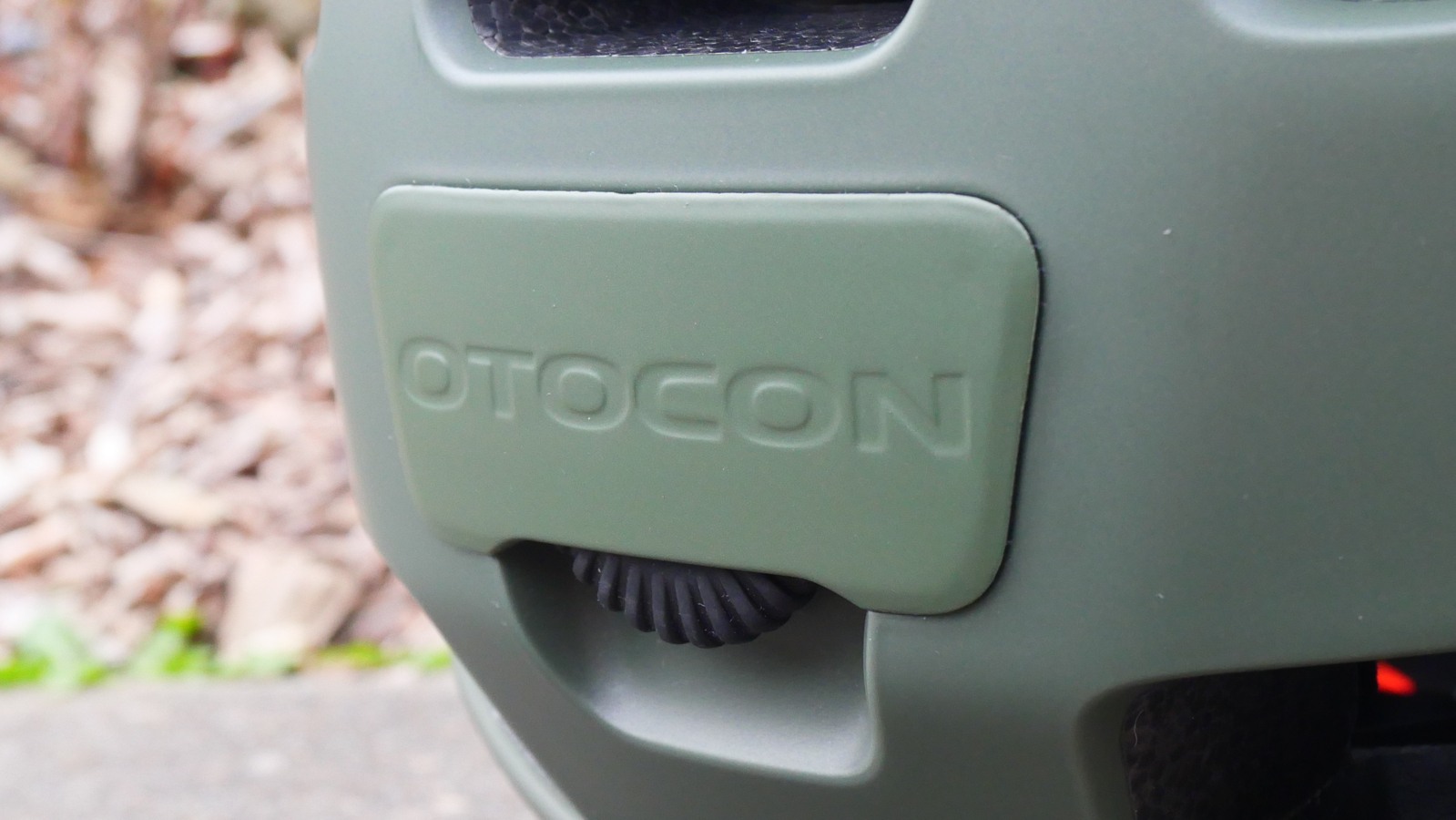
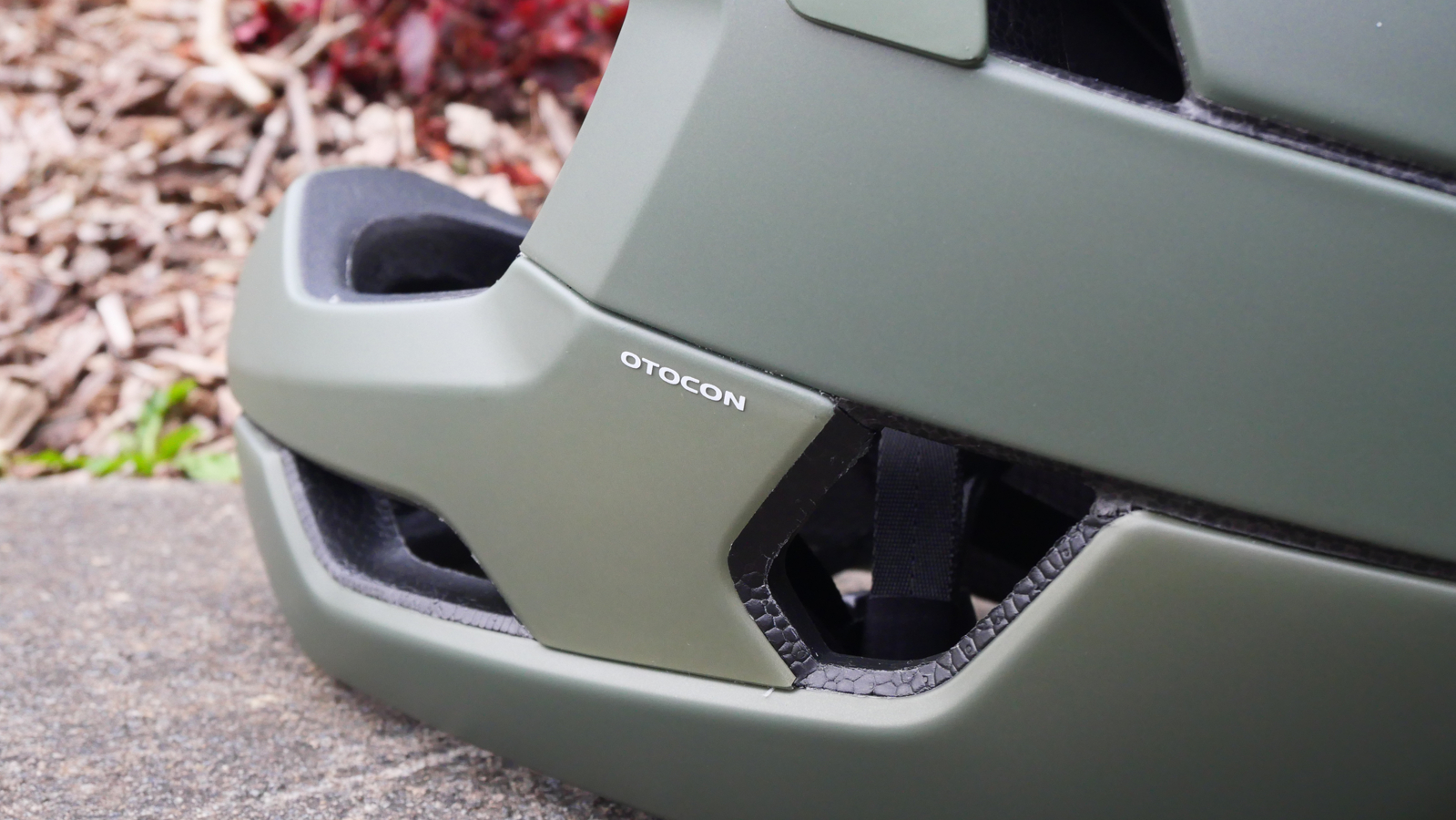
Breathability felt really decent as well, although our testing took place with an uplift so I am yet to experience how the vents work when getting hot and bothered on a climb. That said if the frontal vents and deep internal channels work in any way similar to the other POC helmets I have used with a similar design, I would expect reasonable results. The large vents around the ear area and space between the jaw and chin bar allow a noticeable breeze through which should help to reduce heat build-up too. These gaps around the ears also stop noises around you from sounding too muffled, which is great whether you are picking up audible cues as you ride or avoiding shouting at your friends in the uplift queue.
I must note that I am right on the cusp between a medium and large Otocon size. Usually, I fit a medium in POCs open face mountain bike and road helmets however due to my particularly round head I ended up settling with a large Otocon instead. If you are like me and between two sizes, I would recommend sizing up. Of course, it goes without saying that if in doubt, always try before you buy to assure the best fit.
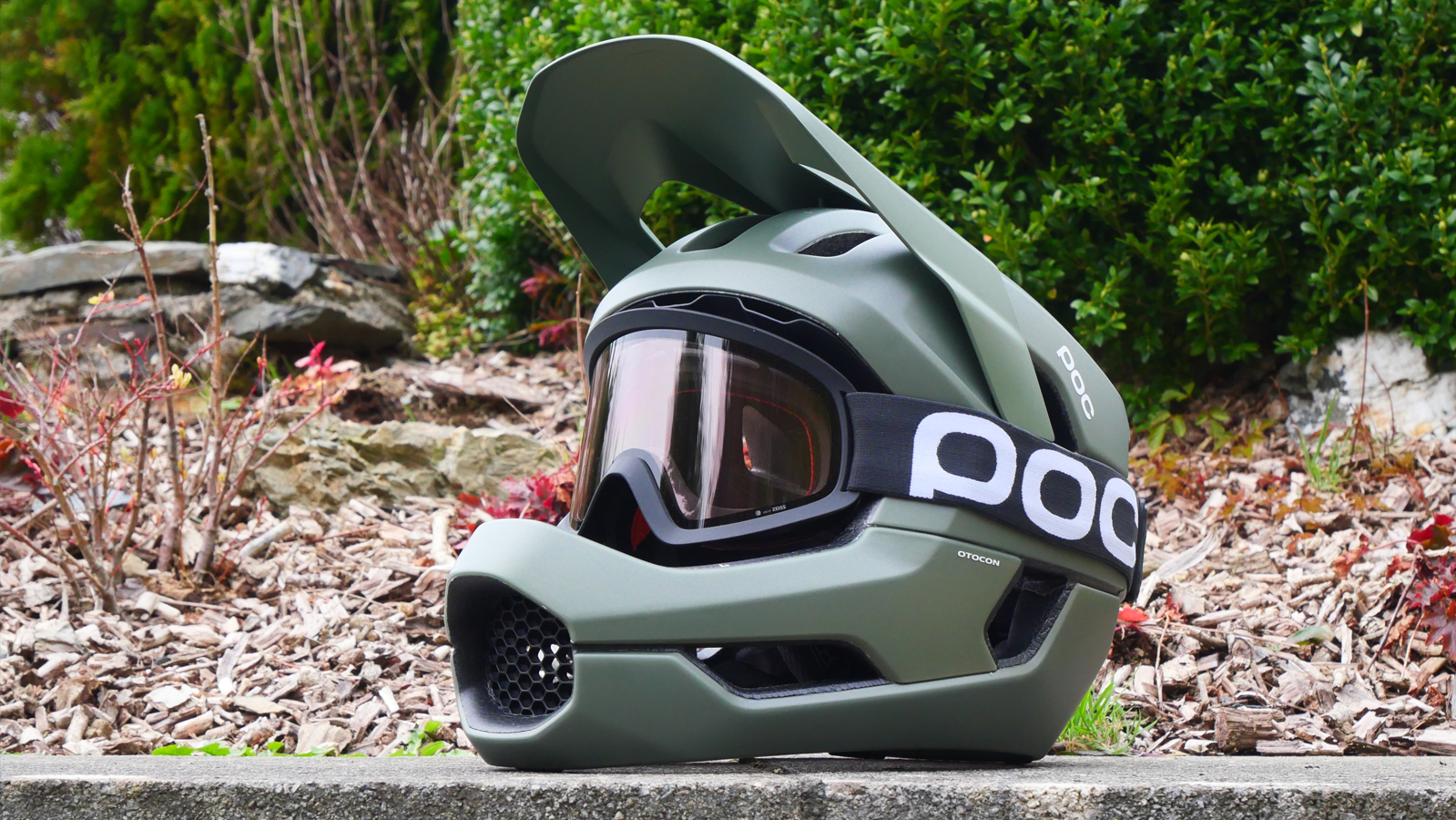
Verdict
If you are predominantly used to riding in open-face trail helmets then wearing a full-face is always going to be a bit unusual, however, the Otocon does a great job of feeling just like any of the trail helmets that I usually wear. Secure retention, low weight, and airy channeling mean it can be easy to forget you are wearing a full-face which is a real win considering it comes rated with ASTM F1952 Downhill levels of protection. With more serious trails with increased potential for serious consequences on the rise, diminishing numbers of us are likely to opt for an open-face and risk serious injury.
The Otocon is quintessentially POC as well, from its muted aesthetic, high-quality construction, and neat features. However, for many riders, there is going to be a trade-off between low weight and lower price of the Otocon against the addition of Mips and higher cost of the Race Mips model.
Tech Specs: POC Otocon full-face helmet
- Price: Otocon - $270 / £240 / EURO 269.95. Otocon Race Mips - $350 / £300 / €329.95
- Weight: 799g (size large Otocon)
- Sizes: Small, medium, large
- Colors: Otocon Race Mips - black/white, white/black, and purple/black. Otocon -black, white, blue, and green
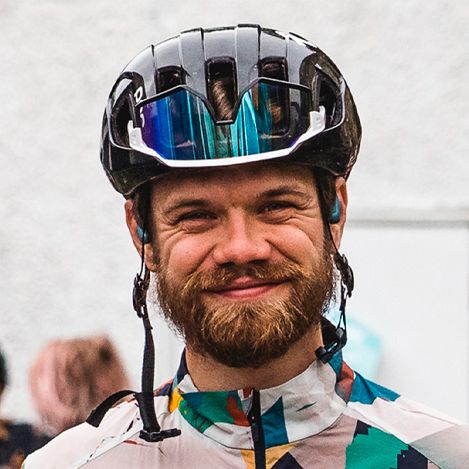
Graham Cottingham joined the BikePerfect team as our senior tech writer in 2020. With over 20 years of riding experience, he has dabbled in downhill, enduro, and gravel racing. Not afraid of a challenge, Graham has embraced bikepacking over the last few years and likes nothing more than strapping some bags to his bike and covering big miles to explore Scotland's wildernesses. When he isn’t shredding the gnar in the Tweed Valley, sleeping in bushes, or tinkering with bikes, he is writing tech reviews for BikePerfect.
Rides: Cotic SolarisMax, Stooge MK4, 24 Bicycles Le Toy 3, Surly Steamroller
Height: 177cm
Weight: 71kg

